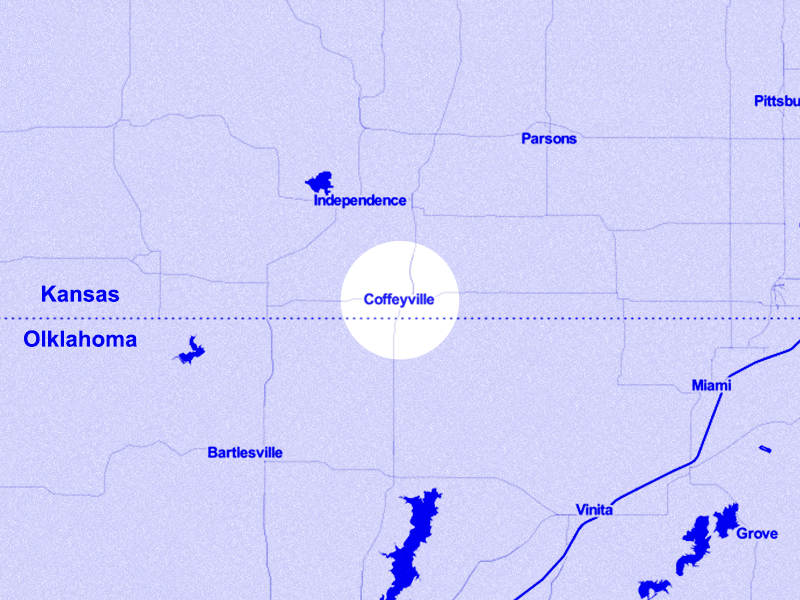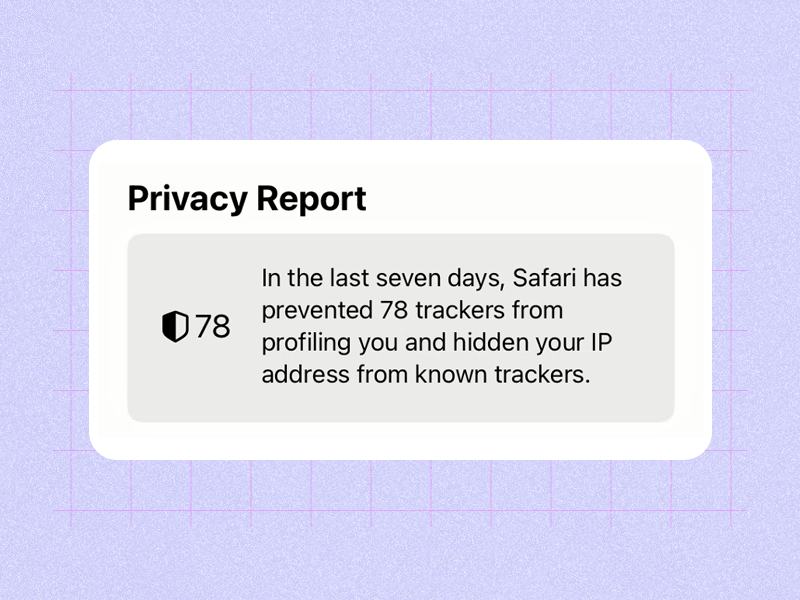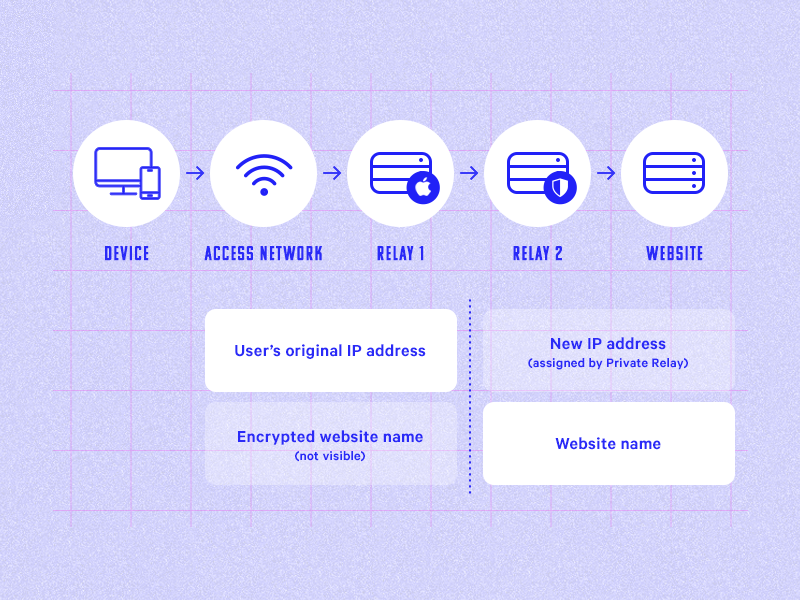
Here's how a small city in Kansas ended up in your Analytics report.
You may have been noticing increased traffic coming to your website from Kansas—with the small city of Coffeyville popping up as a top location.

But how and why? Truth is, your website hasn't found a new pop-up audience; rather, it's a geolocation glitch in Google Analytics.
Many marketers have taken the recommended approach of anonymizing the IP address that Google servers capture from users. This offers enhanced data privacy protections, while still allowing for an IP geolocation to a city or region.
Advanced browsers—such as Safari, Firefox and Brave—have increased data privacy protections which can include blocking a user’s IP address mostly for known trackers.

iCloud Private Relay is designed to keep all of your internet activity private. This service is still in Beta, but is available to everyone who pays for iCloud storage.
This service hides your actual IP address from the websites you visit. However, when iCloud Private Relay is enabled, there are two different options. You can opt to continue reporting your general location so that local data—like weather forecasts or subscriptions like YouTube TV—still work. Or you can opt to keep it vague, only reporting your country and timezone to websites that request this data (e.g., Google Analytics).
iCloud Private Relay routes your traffic through two different relays in order to make it work:

This service also fully encrypts your data as it leaves your device. Currently, this is only available for Safari on iPhones or iPads, which is typically the dominant mobile browser or mobile-first websites.
It's likely many users are not yet aware of this Beta feature. But once fully out of Beta in upcoming iOS updates, Apple may increase promotional awareness. It is expected to remain off by default.
When adoption of this feature increases, it will affect geolocation accuracy and reporting for mobile-dominant or mobile-first sites.
 Source: The Wizard of Oz (1939) Source: via Fanpop, MGM
Source: The Wizard of Oz (1939) Source: via Fanpop, MGMThis town happens to be located at the approximate center of the U.S. 48 contiguous states.
When Google and other geolocation service providers can't identify a website visitor's precise location from blocked or masked IPs, they will often instead opt to a default geographic location which is the approximate center of the United States.
This is Coffeyville.
There really is nothing marketers can do to correct this "glitch" (for lack of a better word). If this is really throwing off your geolocation audience state and city share reports, you can opt to create a filter or custom segment that excludes the city of Coffeyville.
If you do this, it's important to remember that filters in GA are destructive and forward-facing only, while custom segments are not destructive and can look back in time.
Want to connect with our data team about Google Analytics?
Maybe you just want to discuss Coffeyville over coffee?
The original version of this page was published at: https://www.theprimacy.com/blog/where-coffeyville-and-why-it-top-ranking-city-my-google-analytics-report
For the nearly 20% of Americans living with disabilities, the Internet is a life-changing technology. For businesses, serving the needs of the disabled has posed unprecedented online ...read more
The best user experience insights (and also the most exciting ones) are discovered by following a trail of clues.Murder mysteries are generally not solved the instant the detective ...read more
The financial fallout of the pandemic is coming more painfully into view at organizations budgeting for a new fiscal year to start in October or January.Nearly half of chief marketing ...read more
Hospitals, healthcare systems and providers of all kinds are facing unprecedented demands due to COVID-19. The pandemic has caused disruption that will undoubtedly have both short ...read more